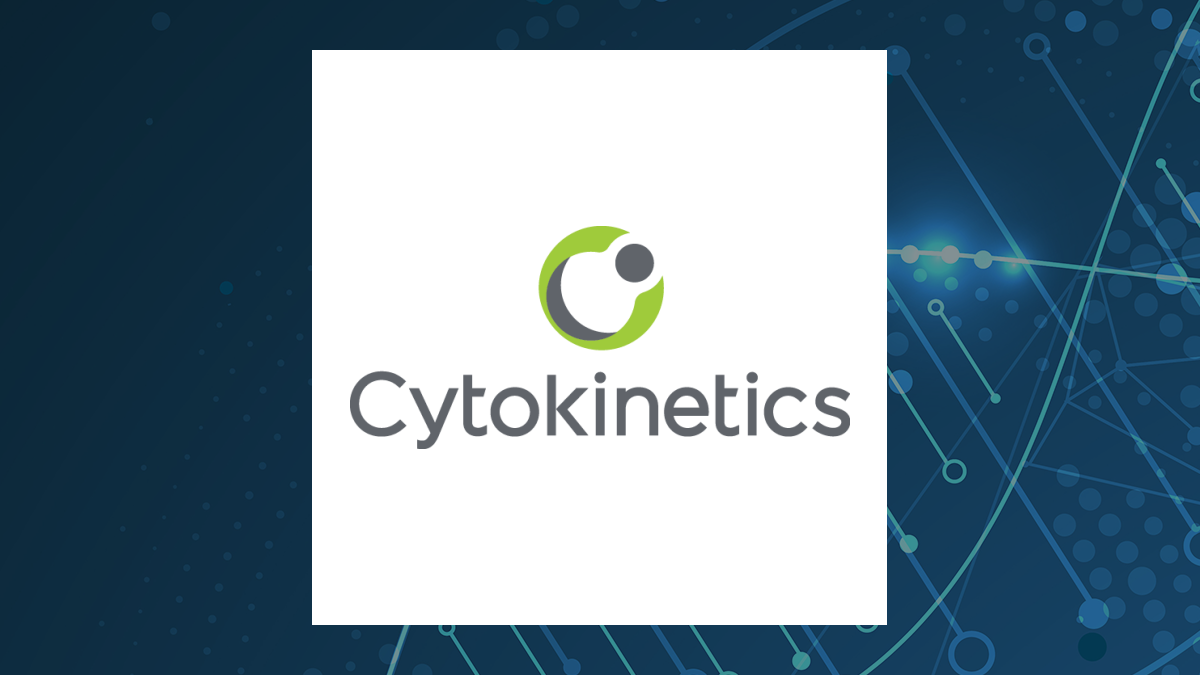Poor communication in health care can lead to significant misunderstandings and dissatisfaction among patients and their families. According to Ivy Akid, a physician at Johns Hopkins Hospital, the health care sector is experiencing a critical need for improved communication strategies to enhance patient experiences and outcomes. Akid argues that effective communication—defined as the meaningful exchange of information—is essential for building trust and ensuring that patients feel heard and understood.
The shift towards technology in health care, while beneficial in many ways, has often resulted in a reduction of direct, personal communication. Patients are increasingly receiving information through electronic medical records and secure messaging platforms, which can lack the depth and nuance of face-to-face conversations. This trend can lead to confusion during critical discussions, such as those that occur in palliative care settings, where sensitive topics about life-changing decisions are common.
Challenges of Communication in Health Care
In her role as a palliative medicine physician, Akid frequently faces the challenge of delivering difficult news to families. She emphasizes that successful communication is not just about relaying medical information; it involves engaging patients in a way that acknowledges their emotions and concerns. Akid notes that she has witnessed families shift from expressing gratitude towards a physician to seeking second opinions, often due to a lack of connection during consultations.
This disconnect highlights a broader issue within health care communication. Families may feel dismissed if doctors do not take the time to explain their thought processes when discussing treatment options. For instance, when health care providers inform families that no further treatment options are available, it is crucial to walk them through the reasoning behind such decisions.
Akid proposes that one solution to bridge this communication gap is to employ staff who can speak the same language as their patients. Many health care centers do not consider the importance of cultural and linguistic representation in their hiring practices. By employing more bilingual staff, organizations can facilitate better understanding and reduce the chances of miscommunication that can occur when nuances are lost in translation.
Establishing Standards for Effective Communication
Another critical aspect of improving communication in health care is establishing clear standards for what constitutes effective communication. Currently, the criteria for assessing health care providers’ communication skills can be subjective, influenced by factors such as cultural background, socioeconomic status, and even accents. Akid argues that hiring managers should prioritize communication as a fundamental aspect of patient care, rather than allowing biases to overshadow the importance of connecting with patients.
The overarching goal in enhancing communication within health care is to foster a culture where understanding is prioritized. Akid believes that when health care providers and patients share a common language and a mutual understanding, the likelihood of positive health outcomes increases significantly.
In conclusion, the health care industry must recognize the critical role of effective communication in patient care. By addressing language barriers and establishing clear communication standards, health care providers can create an environment where patients feel valued and understood. The journey towards improved communication is essential not just for better patient experiences, but for the overall effectiveness of health care delivery.







